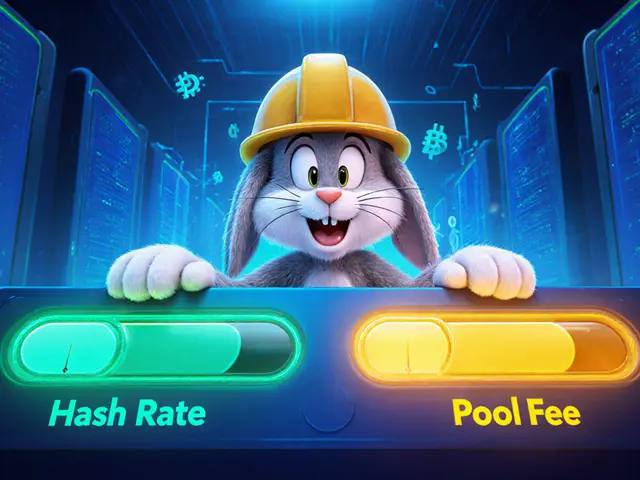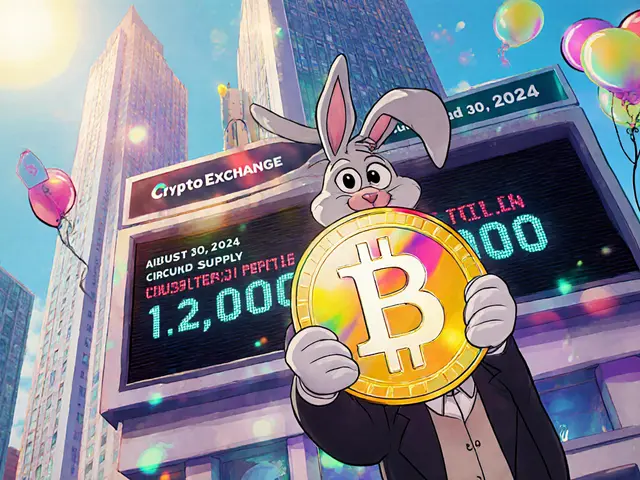DeFi Lending: How Decentralized Money Gets Borrowed and Earned
When working with DeFi lending, the practice of providing loans through blockchain‑based protocols without a central bank. Also known as decentralized finance lending, it lets anyone lend or borrow assets using automated code instead of paperwork. The core idea is simple: users deposit crypto into a smart‑run pool, and borrowers tap that pool by posting collateral. No banks, no credit checks, just transparent rules enforced by code.
One of the biggest engines behind DeFi lending is the liquidity pool, a collection of tokens that fuels loans, swaps, and yield opportunities. Pools gather capital from many lenders, spreading risk and keeping interest rates fluid. Because pools are open‑source, anyone can inspect the balance sheet in real time, which is a stark contrast to hidden ledger books at traditional banks.
Key Concepts That Shape DeFi Lending
Every DeFi loan runs on a smart contract, self‑executing code that enforces loan terms, collateral ratios, and liquidation triggers. When a borrower’s collateral falls below a set threshold, the contract automatically sells enough assets to cover the debt – a process called liquidation. This automation removes human error but also creates new risks, like flash‑loan attacks that can manipulate price feeds.
Many lenders boost their returns through yield farming, the practice of moving assets across protocols to capture the highest available interest or token rewards. Yield farms often reward participants with native governance tokens, turning ordinary interest into a two‑fold payoff. However, chasing the highest APY can expose you to impermanent loss, especially when the underlying assets swing in price. Impermanent loss happens when the value of your pooled tokens diverges from simply holding them, eroding the extra yield you earned.
Another emerging sub‑category is flash‑loan lending, where users borrow massive sums without collateral for a single transaction, then repay instantly. Flash loans power arbitrage, liquidation bots, and advanced strategies, but they also enable rapid attacks on weak protocols. Understanding how flash loans intertwine with liquidity pools helps you assess whether a platform’s risk model is robust enough for your capital.
DeFi lending doesn’t exist in a vacuum. It draws heavily from decentralized exchanges (DEXes) like Uniswap or Switcheo, which pioneered automated market makers (AMMs). AMMs set the price curve for the assets in a pool, and the same math determines how much collateral you can pull out. Because AMMs dictate both borrowing power and exit price, any change in a DEX’s fee structure instantly reshapes lending rates.
Regulatory outlook also matters. While DeFi protocols are technically permissionless, many jurisdictions are drafting rules around KYC, AML, and consumer protection. Platforms that ignore compliance risk being black‑listed by major on‑ramps, which can dry up liquidity overnight. Keeping an eye on regulatory signals helps you avoid sudden drops in pool size that could trigger unwanted liquidations.
Putting it all together, DeFi lending is a web of interconnected entities: smart contracts enforce loans, liquidity pools provide capital, yield farming enhances returns, and DEX mechanics set pricing. Each piece influences the others – a change in one can ripple through the whole system. Below you’ll find articles that dive deeper into each component, from wrapped tokens and impermanent loss calculations to real‑world platform reviews and regulatory guides. Use them to sharpen your strategy, spot hidden risks, and make the most of the decentralized credit market.








Categories